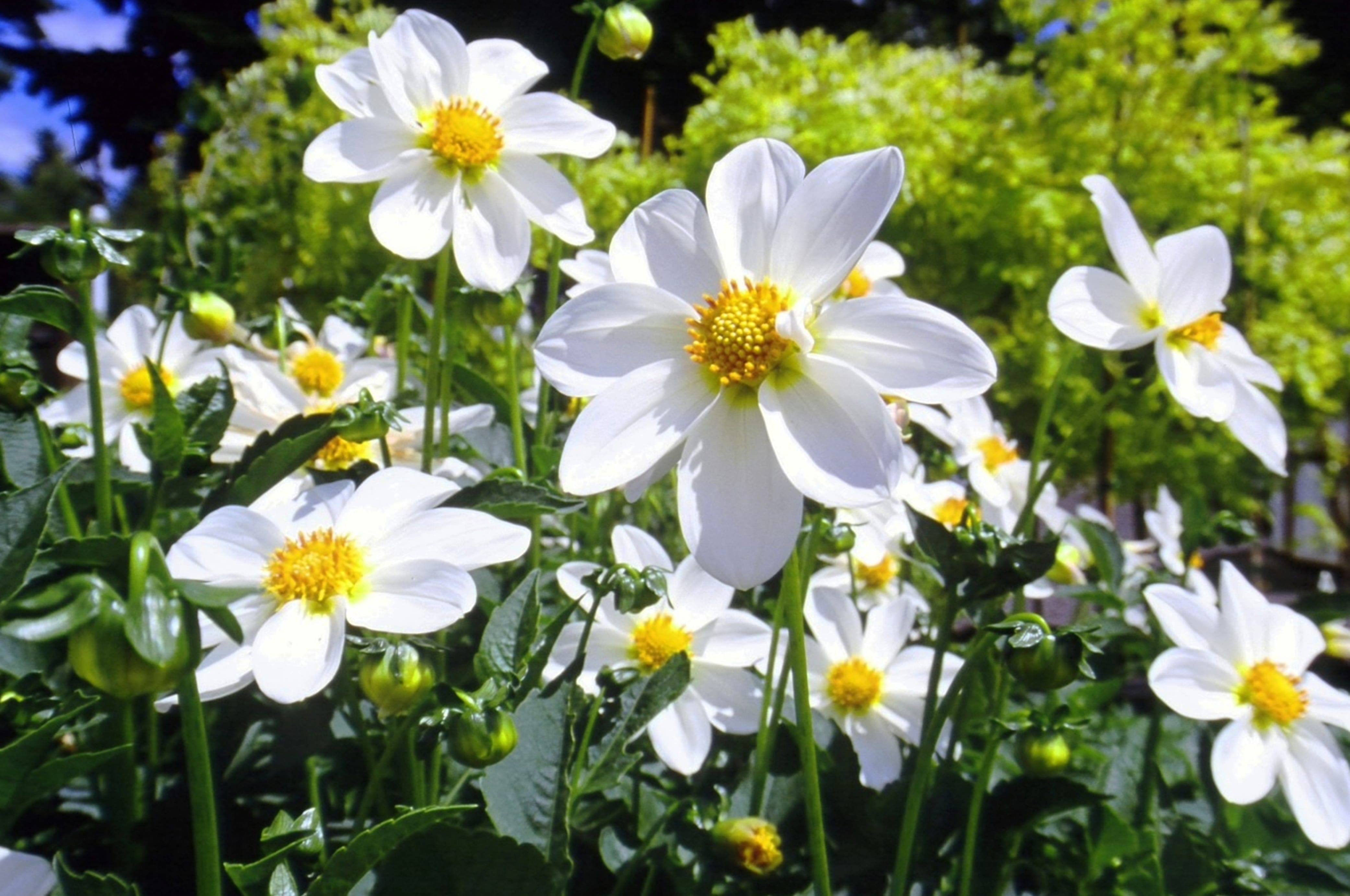Autumn is one of the most beautiful times of year in the Northwest garden. Summer is a thing of the past and winter will be here before we know it. Fall color spreads through the trees, shrubs and deciduous vines, illuminating rain-filled skies with the light of brightly colored foliage. Other cities in other parts of the country turn brown with the onset of colder weather. Our gardens take on the lush, deep color tones of a temperate, maritime climate.
Even the lawns in Southwest Washington turn a deeper, more richly colored green in gratitude for the autumn rains. As long as we have days of moderately warm air, warm soil and warm rain, turf grass will continue to grow. Warm-season lawns need to be mowed less often in the fall. Fescue in the mix continues to grow enough to need a couple more mowings. Wherever you live, you should only plant grass with a reliable record of performance in your area.
In the Pacific Northwest, blends of perennial ryegrass, fescue and
bent or Kentucky bluegrass are the lawns of choice. Although tall fescue is available, it has trouble competing with the other grasses during wet, chilly winters. Depending on a lawn’s condition, you may want to aerate now to help make the soil less compact and encourage root growth. The best aerators remove plugs of earth by piercing the soil and pulling out the plug, somewhat like coring an apple.
After aerating, reseed the entire lawn area and add lime if necessary. A soil sample kit will help you decide what your soil lacks and what it needs to be in peak condition. This is the most important time of year to add a slow release fertilizer. For the best lawn, choose an organic fertilizer that feeds the soil with a mix of nitrogen, phosphorus, potassium and iron. The rate and frequency of fertilizing depends on soil and grass types, as well as manufacturer instructions.



